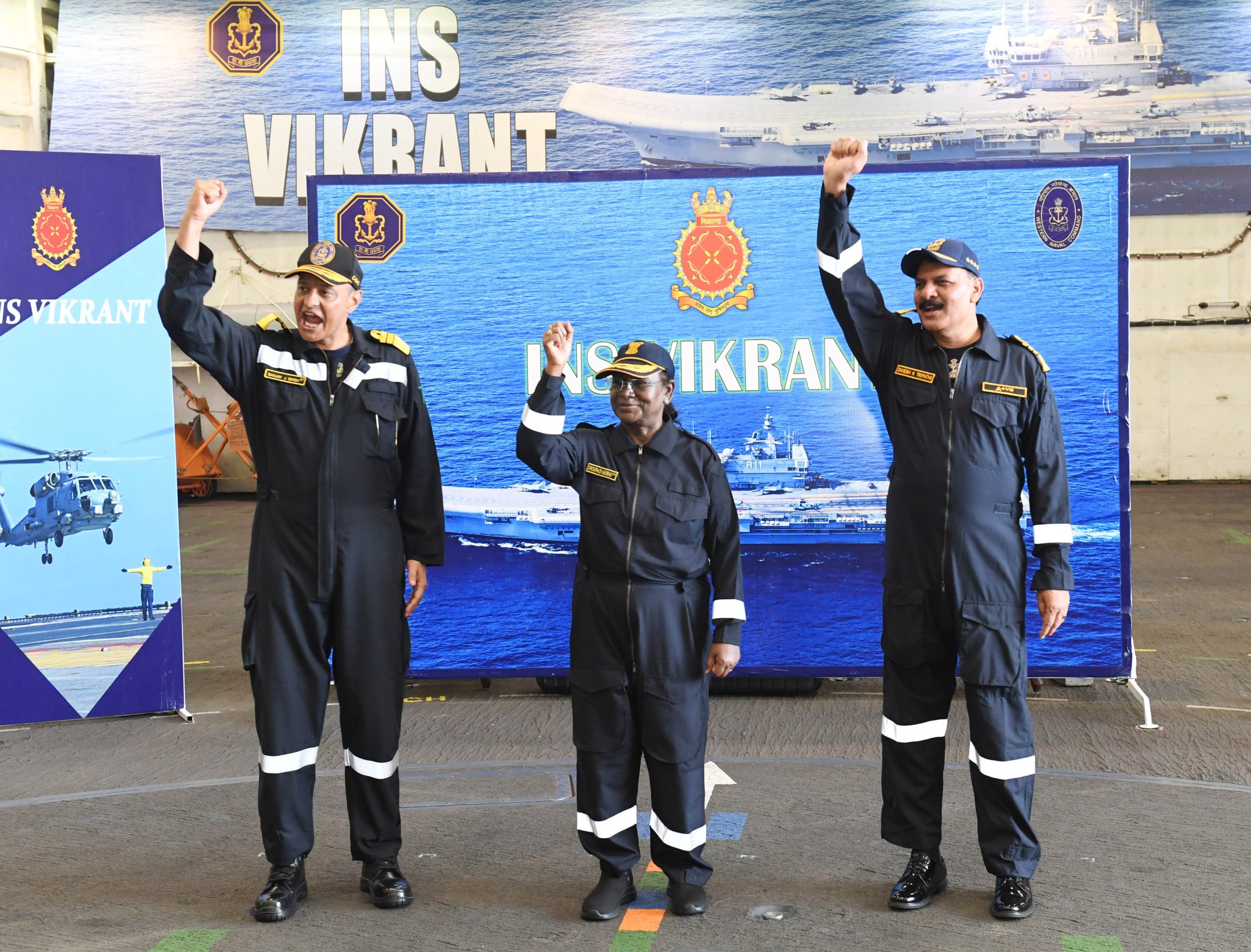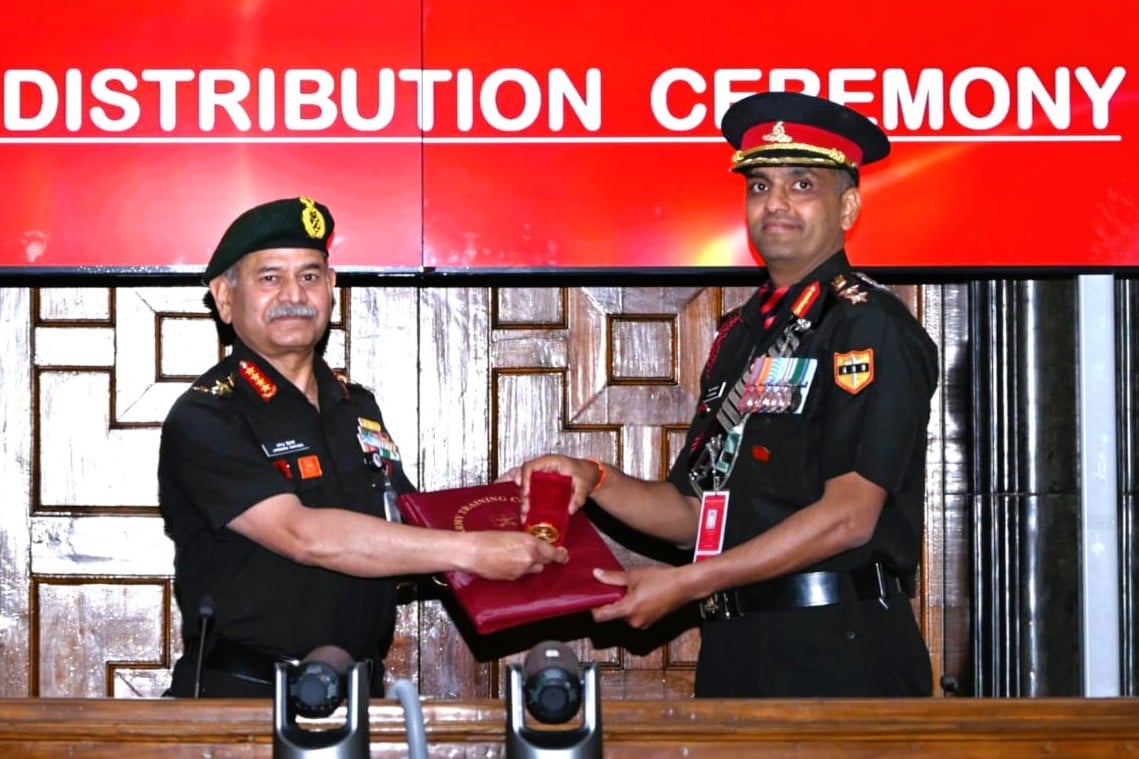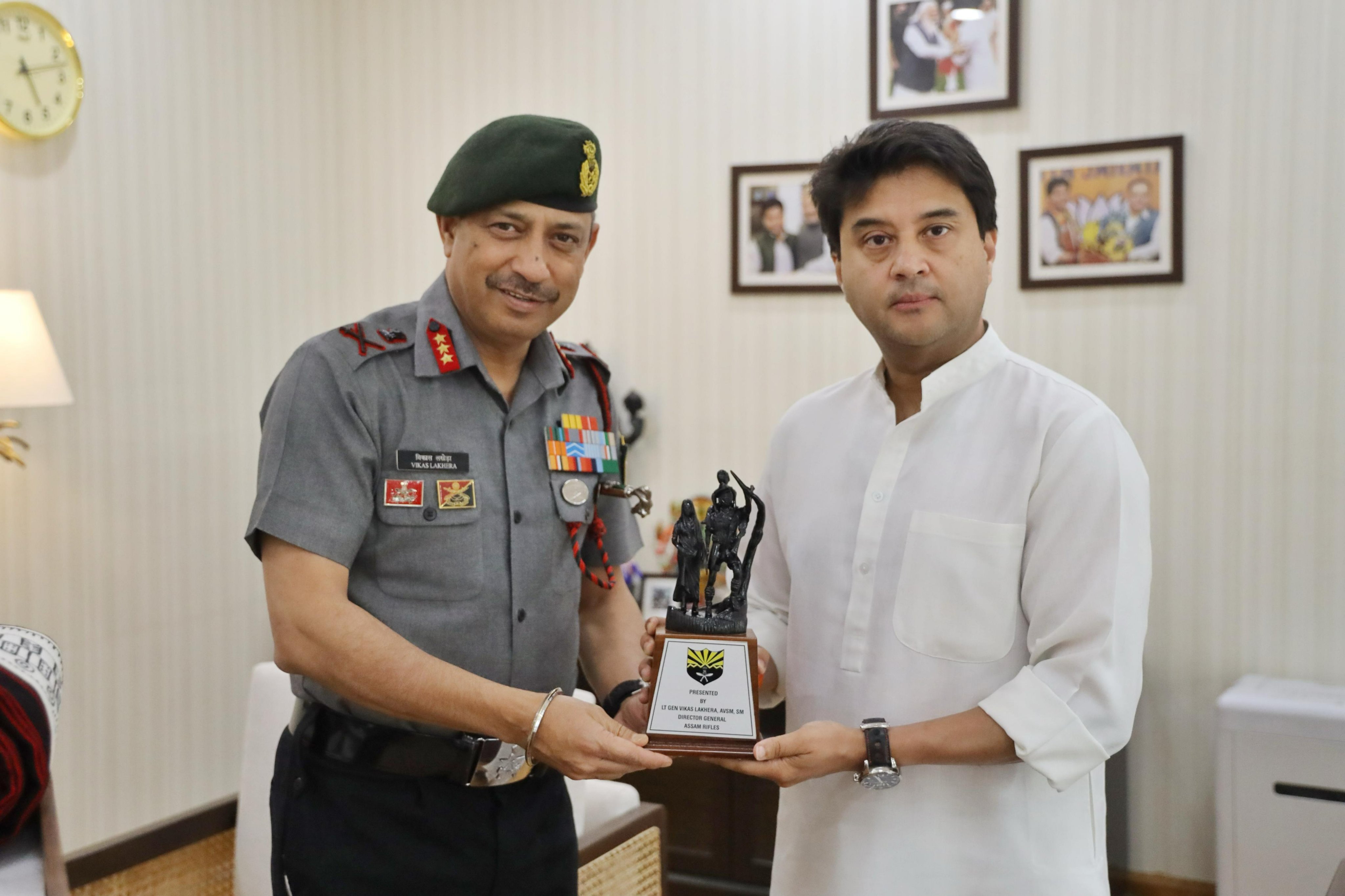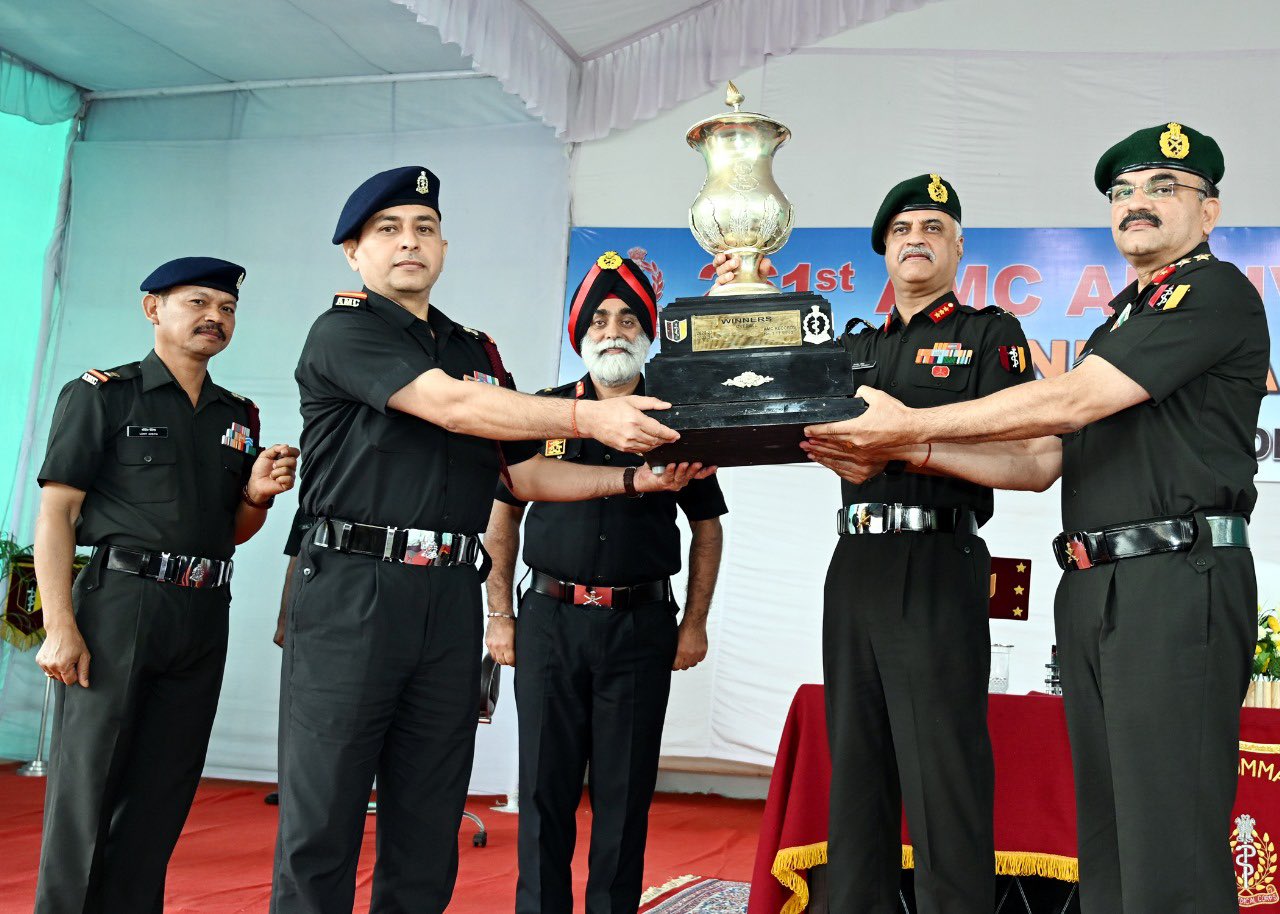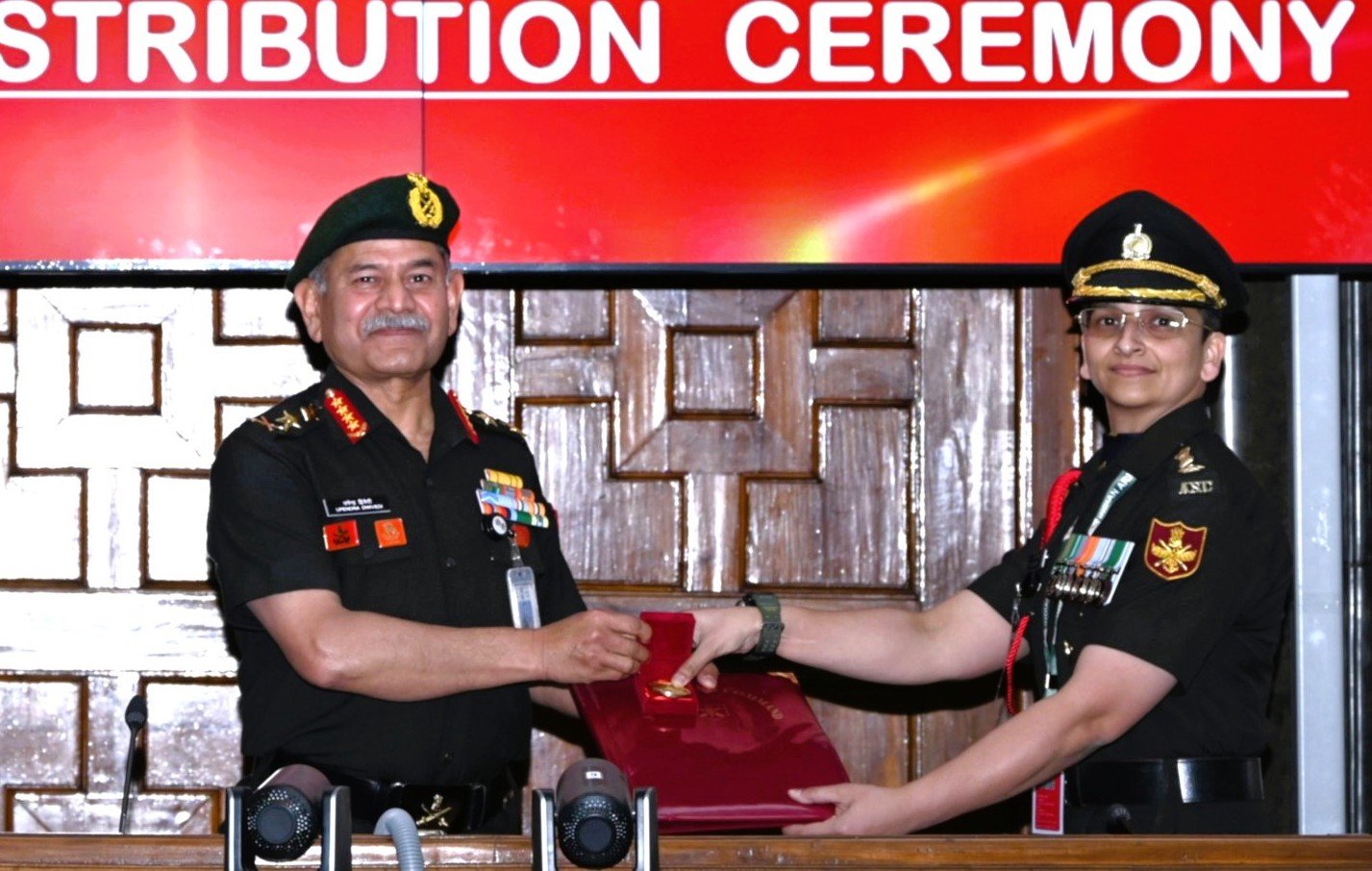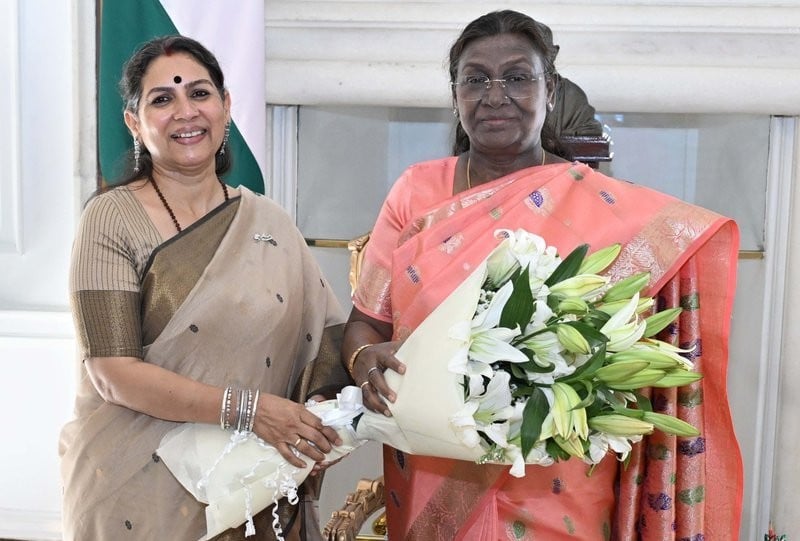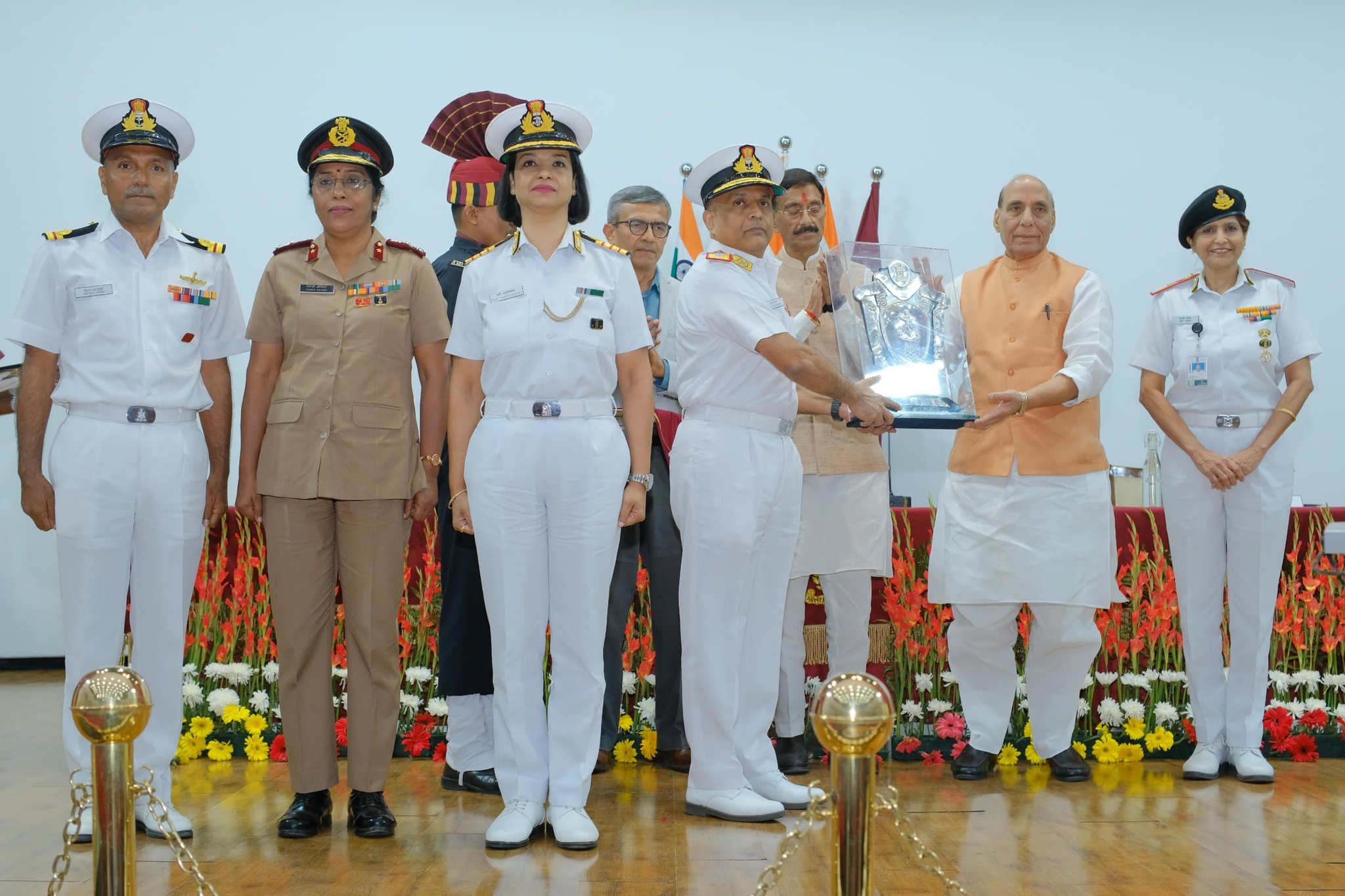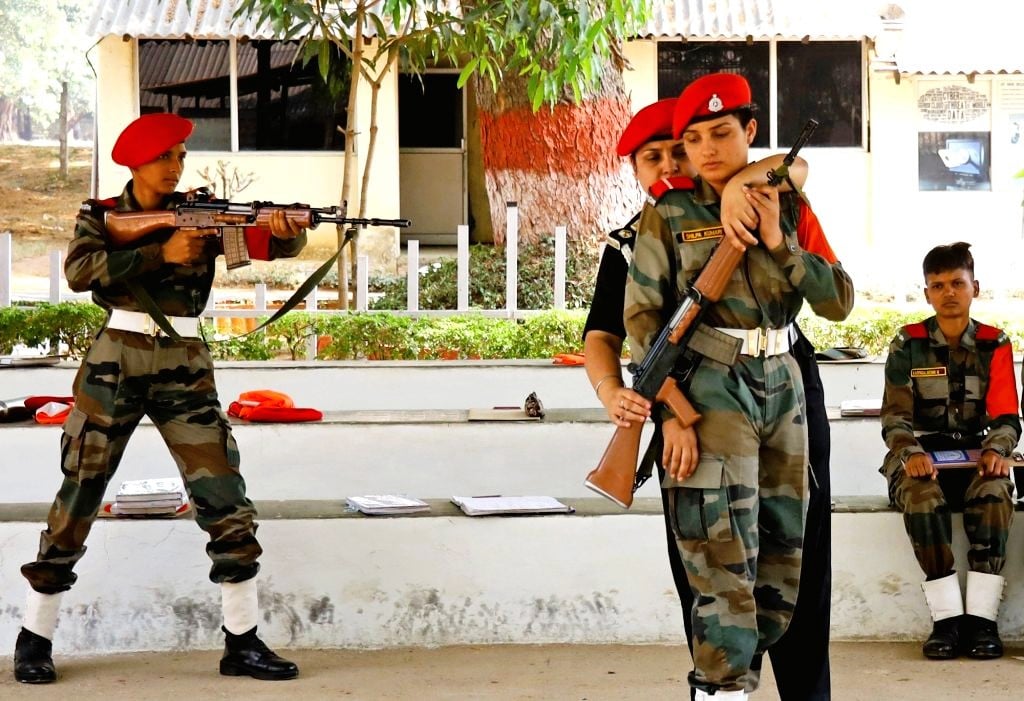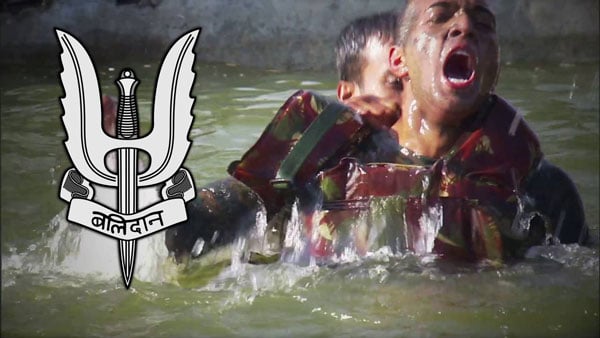President Droupadi Murmu embarked on a significant visit to the Indian Navy, marking her inaugural experience onboard a naval vessel at sea. Her journey commenced at INS Hansa, the Naval Air Station in Goa, where she was warmly welcomed by top naval officials, including Admiral Dinesh K Tripathi, the Chief of the Naval Staff, and Vice Admiral Sanjay J Singh, the Flag Officer Commanding-in-Chief of the Western Naval Command. In a display of military respect, a ceremonial ‘Guard of Honour’ composed of 150 personnel was paraded in her honor.
The highlight of the visit was her boarding of the indigenous aircraft carrier INS Vikrant, accompanied by a fleet of 15 frontline warships and submarines of the Indian Navy. This operational demonstration allowed President Murmu to witness firsthand the prowess and strategic capabilities of the Navy in a maritime environment.
During her time onboard, the President received a thorough briefing on the Indian Navy’s operational roles and strategies and observed several naval exercises that showcased its readiness and capabilities. The demonstrations included deck-based fighter take-offs and landings, missile firing exercises, effective submarine maneuvers, and impressive flypasts by over 30 aircraft. Additionally, a traditional steam-past of various warships highlighted the maritime capabilities of the Indian Navy.
In her remarks, President Murmu commended the Indian Navy for its operational efficiency and extensive reach, particularly noting the Navy’s role in humanitarian missions. She shared a poignant moment when she received a call from the President of Bulgaria, Rumen Radev, expressing gratitude for the Indian Navy’s successful rescue of the Bulgarian crew from a hijacked vessel earlier in the year. In this operation, the Indian Navy’s INS Kolkata intercepted the hijacked merchant vessel MV Ruen after a 40-hour pursuit, effectively thwarting Somali pirates who had seized the ship.
Further underlining the Navy’s progressive approach, Murmu discussed the inclusion of women in the Indian Navy through the Agnipath scheme, recognizing the Navy’s pioneering steps in integrating women Agniveers into various roles and ranks. She celebrated the Navy’s commitment to gender inclusivity, highlighting milestones such as the first appointment of a woman commanding officer onboard and the induction of female pilots in naval aviation, particularly with the recent welcoming of the first female helicopter pilot.
During her visit, President Murmu interacted with female Agniveers serving onboard INS Vikrant, emphasizing the importance of their contributions to national defense. Admiral Tripathi shared insights into India’s advancements in indigenous military capabilities, pointing out that India stands among a select group of nations capable of building and operating nuclear ballistic missile submarines (SSBNs) and aircraft carriers.
As part of the operational demonstration, the President observed six types of conventional submarines, which included a variety from the modern Kalvari class, the Russian Kilo class, and the German Shishumar class, showcasing the diversification and strength of the Indian Navy’s fleet.
Following the demonstrations, the President enjoyed a lunch with the crew of INS Vikrant, where she addressed the fleet. Her speech was broadcasted to all units at sea, reinforcing her support and appreciation for the efforts and dedication of the Indian Navy personnel in safeguarding the nation’s maritime interests.

